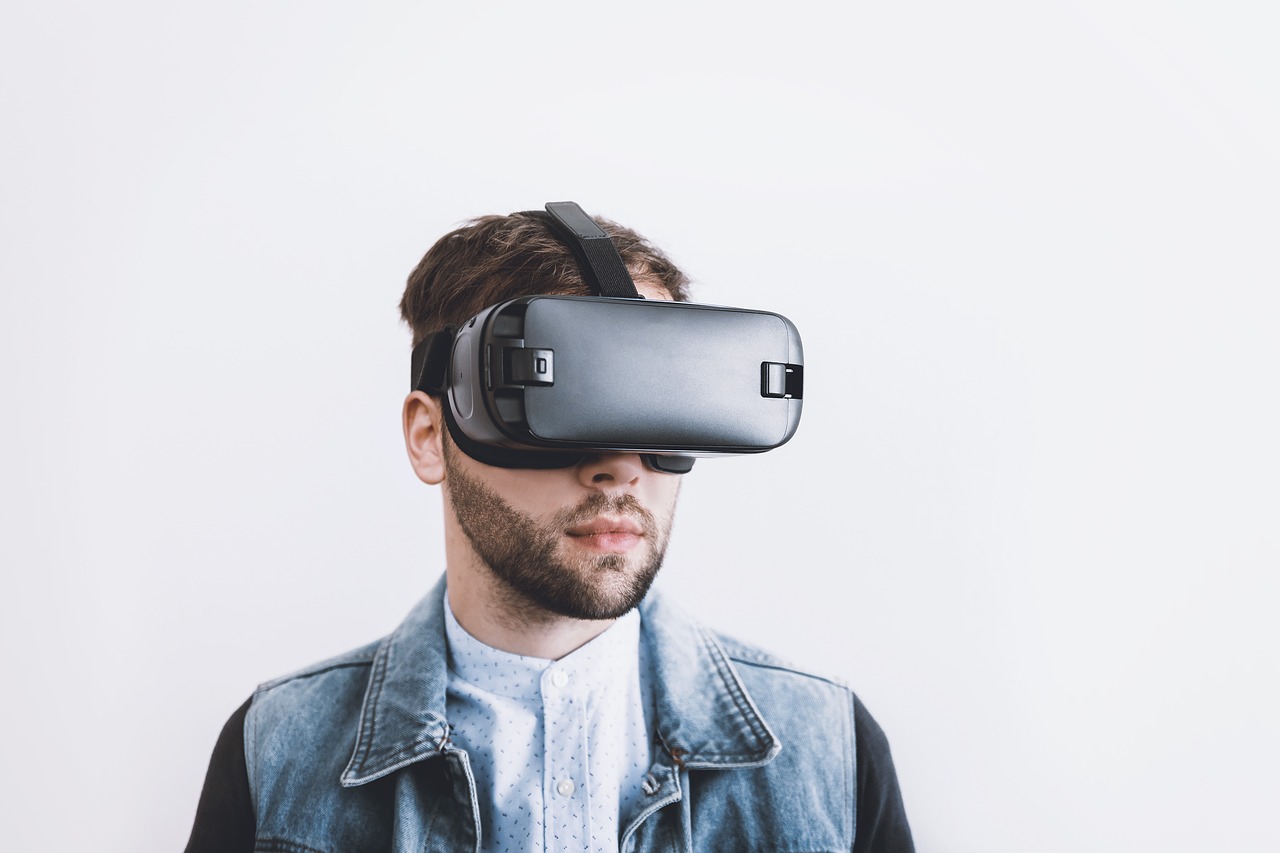Miriam El Abbassi | Arts Editor
Featured Image: Toasterlab created the Mixed Media Performance Atelier, which is funded by the Canada Council for the Arts. | Courtesy of Pixabay
On November 5, Toasterlab, a team of highly skilled individuals, collaborated with York University to bring the entire community an unforgettable experience — an opportunity to interact with a variety of installations, each exploring how mixed media can be incorporated into different artistic disciplines.
“Our work ranges from live site-specific performance to bespoke mobile applications and VR films, and often combines a variety of approaches to collapse time and space. From the largest festivals to community youth workshops, we build accessible ways to understand places in whole new ways,” reads a statement on their website.
Toasterlab created the Mixed Media Performance Atelier, which is funded by the Canada Council for the Arts. The concept presents itself as a two-year exploration into the different “mixed-reality” methods currently used by creators and performers across the U.S. and Canada.
Every four months, (which started in July 2019) a group of creators will bring forth and showcase the progress they have made on their current progress at a symposium hosted by Toasterlab (done in partnership with a university).
An advisory board is also present, made up of skilled artists and technologists who specialize in “extended reality.” This is set to conclude in June 2021, after which a set of tools and guidelines will be presented on how to interweave aspects of extended reality within the context of the arts.
York University is the first to host a symposium, which was done specifically in partnership with the Sensorium (a research hub focused on exploring the intersections of performance art, media arts and digital culture).
Some of the projects featured in this symposium include After Dan Graham by David Han (a York University film alumni) and Blue Hour/36Q by Paul Cegys. A total of 12 projects were displayed at this symposium.
After Dan Graham is an interactive installation inspired by Dan Graham’s 1974 video art installation “Time Delay Room 1.”
“Both a re-creation and expansion of Graham’s work, this installation extends his groundbreaking use of video feedback to investigate how technology mediates self-perception,” reads the synopsis on Friend Generator.
This installation was intended for multiple participants within a given time, to explore the subject-object relationship when affected by virtual media.
Blue Hour/36Q is a virtual reality experience that combines the use of 360 video and physical 3D environment models in order to “build linkages between macro and micro environments, relying on the audience as co-creator.”
The audience is then forced to reconcile with the physical environment they are in (which they perceive through tactile sensations), and the virtual environment they are immersed in.
This project is ongoing, with the full list of instalments, and where members of the public can access them, on the York University AMPD Events webpage.


